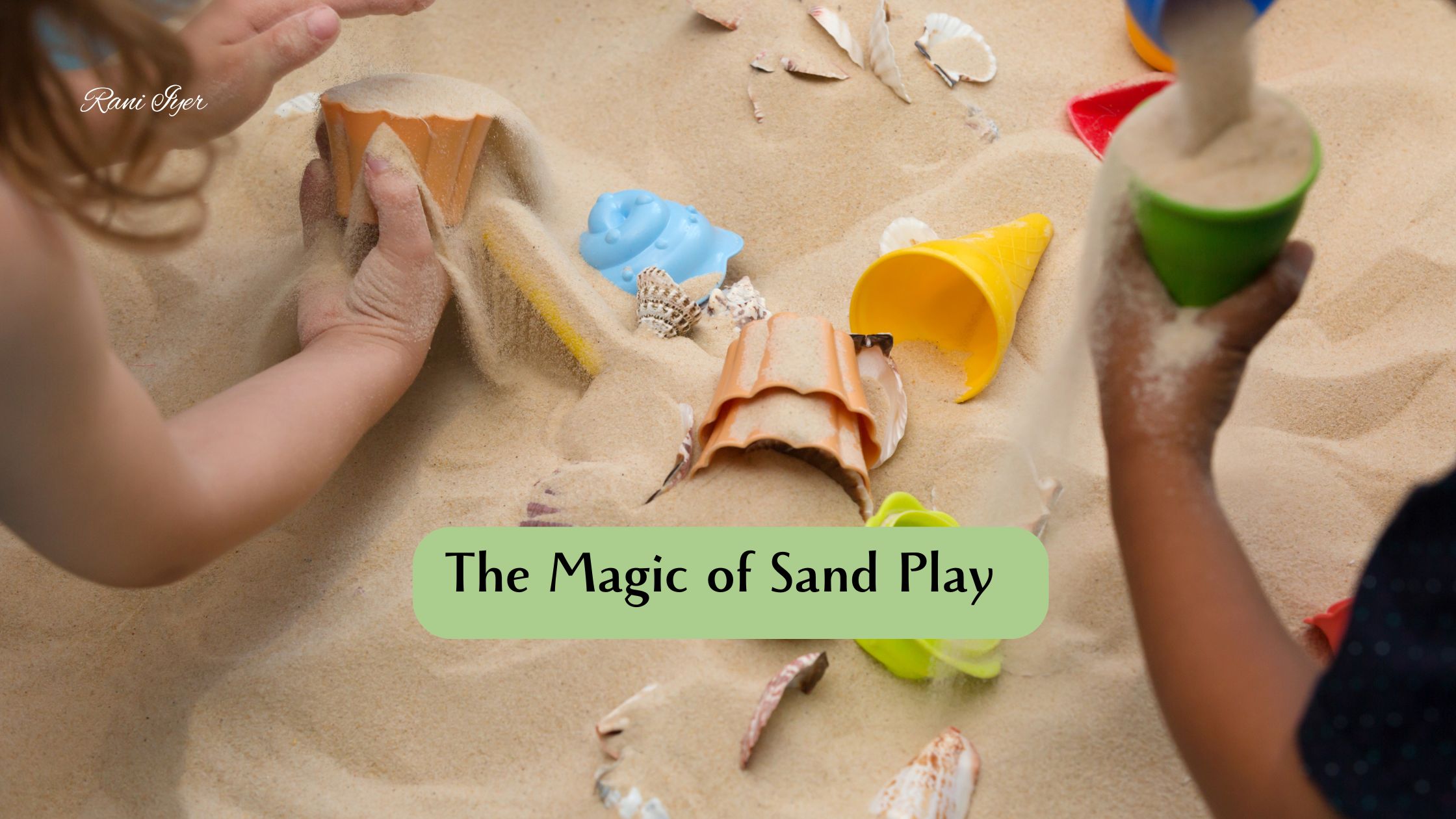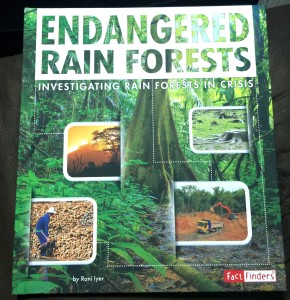At Raniyer, we believe in the transformative power of play, and few activities spark joy and growth in young children like playing in sand. The tactile allure of sand—whether sifted through tiny fingers in an indoor pit or sculpted into castles on a windswept beach—offers a sensory-rich playground for early childhood development. Sand play isn’t just fun; it’s a cornerstone for cognitive, physical, and social growth, backed by science and celebrated by educators worldwide. In this blog, we’ll dive into the benefits of sand play, explore where to find sand, suggest engaging activities for both indoor and outdoor settings, and take a deep dive into the biodiversity of sandy regions. Plus, we’ll uncover the best places in the world to witness sand in motion, from shifting dunes to coastal masterpieces.
Why Sand Play Matters for Early Childhood Development
Sand play is a sensory feast that engages children’s minds and bodies in profound ways. According to a 2018 study published in the Journal of Early Childhood Research, sensory play, including sand play, enhances cognitive development by stimulating neural pathways associated with problem-solving and creativity (Pyle et al., 2018). When children dig, pour, or mold sand, they’re not just playing—they’re experimenting with physics, geometry, and cause-and-effect.
Cognitive Benefits
- Problem-Solving Skills: Building a sandcastle requires planning and trial-and-error, fostering critical thinking. A 2020 study in Early Education and Development found that unstructured play with natural materials like sand boosts executive function in preschoolers (Becker et al., 2020).
- Creativity and Imagination: Sand is a blank canvas for storytelling, whether children create a pirate’s cove or a fairy village.
- Math and Science Concepts: Measuring sand with cups or observing how water changes its texture introduces foundational STEM skills.
Physical Benefits
- Fine Motor Skills: Scooping, patting, and shaping sand strengthens hand muscles, preparing kids for writing. Research in Pediatric Occupational Therapy highlights sand play as a key activity for motor skill development (Case-Smith & O’Brien, 2019).
- Gross Motor Skills: Digging trenches or hauling buckets builds coordination and strength.
Social and Emotional Benefits
- Collaboration: Shared sand play encourages teamwork, as kids negotiate roles in building a structure.
- Emotional Regulation: The calming texture of sand can soothe anxious children, acting as a natural stress-reliever, per a 2021 study in Child Development Perspectives (Shonkoff & Fisher, 2021).
At Raniyer, we see sand play as a bridge to holistic growth, aligning with our mission to nurture curious, confident kids through nature-inspired experiences.
Where to Find Sand: From Backyards to Beaches
Sand is everywhere, waiting to be explored. Here are the top places to find it, each offering unique opportunities for play:
- Beaches: Coastal shores, like those of Siesta Key, Florida, or Bondi Beach, Australia, provide vast sandy playgrounds. The natural ebb and flow of tides add dynamic elements to play.
- Deserts: Sandy dunes in places like the Sahara or Namib Desert offer dramatic landscapes, though they’re best for older kids with supervision.
- Rivers and Lakes: Inland sandy shores, such as those along the Mississippi River or Lake Tahoe, are perfect for family outings.
- Playgrounds and Parks: Many urban parks feature sandpits, making sand play accessible in cities.
- Indoor Sand Pits: Montessori schools, daycare centers, and even home setups with kinetic sand or sandbox kits bring the beach indoors.
No matter where you are, sand is a versatile medium for learning and fun, adaptable to any environment.
Sand Play Activities for Indoor and Outdoor Settings
Whether you’re at a beach or in a cozy indoor nook, sand play can be tailored to spark joy. Here are activities designed for both settings, optimized for early childhood development:
Indoor Sand Pit Activities
Indoor sand pits, often using kinetic sand or sanitized play sand, are ideal for controlled, mess-free fun. Try these:
- Sand Art Creations: Provide molds, cookie cutters, or small toys to create shapes. Encourage kids to tell a story about their creation, boosting language skills.
- Buried Treasure Hunt: Hide small objects (like plastic coins or beads) in the sand for kids to find, enhancing fine motor skills and focus.
- Sensory Trays: Combine sand with water, pebbles, or shells in a tray to explore textures. Add droppers or spoons for pouring practice.
- Letter and Number Tracing: Smooth out the sand and have kids trace letters or numbers with their fingers, reinforcing early literacy and numeracy.
Pro Tip: Use a shallow plastic bin or a tabletop sandbox for easy cleanup. Kinetic sand is non-toxic and sticks together, reducing mess.
Outdoor Natural Sand Activities
Outdoor sandy areas, like beaches or park sandpits, offer expansive spaces for active play. Try these:
- Sandcastle Engineering: Challenge kids to build a castle with moats, using buckets and shovels. Discuss why some structures stand or fall, introducing basic engineering concepts.
- Sand Volcano Experiment: Mix baking soda into a sand mound, pour in vinegar, and watch it “erupt,” teaching chemical reactions.
- Nature Imprints: Press shells, leaves, or sticks into wet sand to create patterns, fostering an appreciation for nature’s textures.
- Sand Obstacle Course: Create a path with tunnels, mounds, and pits for kids to navigate, promoting gross motor skills.
Pro Tip: Always check for safety in natural sand areas, avoiding sharp objects or polluted water. Bring sunscreen and hats for sun protection.
These activities align with Raniyer’s ethos of hands-on, nature-driven learning, encouraging kids to explore their world with wonder.
The Biodiversity of Sandy Regions: A Hidden Ecosystem
Sandy environments, from beaches to deserts, are teeming with life, often overlooked in their seemingly barren expanse. Understanding this biodiversity not only enriches sand play but also fosters environmental stewardship in young children.
Coastal Sandy Ecosystems
Beaches are dynamic habitats where land meets sea. They host:
- Crustaceans: Crabs, like the Atlantic ghost crab, scuttle through sand, aerating it and recycling nutrients.
- Birds: Shorebirds, such as piping plovers, nest in sandy dunes, relying on camouflage for protection.
- Microorganisms: Bacteria and algae in sand break down organic matter, supporting the food web.
- Plants: Sea oats and dune grasses stabilize sand, preventing erosion and providing habitats.
A 2019 study in Marine Ecology Progress Series found that sandy beaches support over 1,000 species per square kilometer in some regions, highlighting their ecological richness (Harris et al., 2019).
Desert Sandy Ecosystems
Deserts, though harsh, are alive with adapted species:
- Reptiles: Lizards, like the fringe-toed lizard, burrow in sand to escape heat.
- Insects: Beetles, such as the Namib Desert beetle, harvest water from fog on dune surfaces.
- Mammals: Fennec foxes use sandy burrows for shelter, their large ears dissipating heat.
- Plants: Cacti and succulents anchor in sandy soils, storing water for survival.
Desert sands also host “biological soil crusts”—communities of cyanobacteria, lichens, and mosses that stabilize soil and fix nitrogen, per a 2022 study in Journal of Arid Environments (Bowker et al., 2022).
Why It Matters
Introducing kids to sandy biodiversity during play fosters a lifelong respect for nature. Point out crab tracks on a beach or explain how dune grasses protect the shore. These moments align with Raniyer’s mission to connect children with the natural world, sparking curiosity about ecosystems.
The Best Places in the World to See Sand in Motion
Sand is never static—it dances with wind, water, and time, creating mesmerizing landscapes. Here are the top destinations to witness sand in motion, perfect for family adventures or inspiring awe in young explorers:
- White Sands National Park, New Mexico, USA: Gypsum dunes shimmer like snow, shifting with winds. Kids can sled down dunes, blending play with geology lessons. Best time: Spring or fall for mild weather.
- Sossusvlei, Namib Desert, Namibia: Towering red dunes, some over 1,000 feet tall, create a surreal landscape. Guided tours reveal desert wildlife, ideal for older kids. Best time: May to October for cooler temperatures.
- Great Sand Dunes National Park, Colorado, USA: Sand meets mountains in this unique park, where dunes rise against the Sangre de Cristo range. Kids can splash in Medano Creek, where sand and water create natural waves. Best time: Late spring to early summer.
- Rub’ al Khali (Empty Quarter), Saudi Arabia: The world’s largest sand desert, with golden dunes stretching endlessly. Cultural tours offer insights into Bedouin life, but it’s best for adventurous families. Best time: November to February.
- Fraser Island, Australia: This UNESCO World Heritage Site features colored sands and shifting dunes alongside rainforests. Family-friendly eco-tours highlight sand’s role in ecosystems. Best time: April to October.
These destinations showcase sand’s beauty and power, inspiring kids to see the world as a living, breathing canvas, a core value at Raniyer.
Bringing Sand Play Home: Tips for Parents
Ready to make sand play a part of your child’s routine? Here’s how to start:
- Set Up an Indoor Sand Station: Use a plastic bin with kinetic sand or sanitized play sand. Add tools like scoops, molds, and small toys.
- Visit Local Sandy Spots: Check nearby parks, beaches, or nature reserves for sand play opportunities.
- Incorporate Learning: Ask open-ended questions during play, like “Why does wet sand stick together?” or “What shapes can you make?”
- Teach Respect for Nature: If playing outdoors, remind kids to leave no trace, preserving sandy habitats for wildlife.
Conclusion: Sand Play as a Gateway to Growth
At Raniyer, we see sand play as more than a pastime—it’s a gateway to creativity, resilience, and a deeper connection with nature. From sculpting castles to discovering dune ecosystems, sand invites children to explore, learn, and grow. Whether in an indoor pit or on a windswept beach, the magic of sand is universal, accessible, and endlessly enriching. So, grab a bucket, dig in, and let the wonders of sand spark your child’s imagination.
References:
- Becker, D. R., et al. (2020). Play-based learning and executive function. Early Education and Development, 31(4), 543-559.
- Bowker, M. A., et al. (2022). Biological soil crusts in desert ecosystems. Journal of Arid Environments, 198, 104678.
- Case-Smith, J., & O’Brien, J. C. (2019). Occupational therapy for children. Pediatric Occupational Therapy, 8(2), 123-140.
- Harris, L., et al. (2019). Sandy beach biodiversity and ecosystem services. Marine Ecology Progress Series, 623, 1-15.
- Pyle, A., et al. (2018). Sensory play and cognitive development. Journal of Early Childhood Research, 16(3), 234-248.
- Shonkoff, J. P., & Fisher, P. A. (2021). The science of early childhood development. Child Development Perspectives, 15(1), 3-9.


